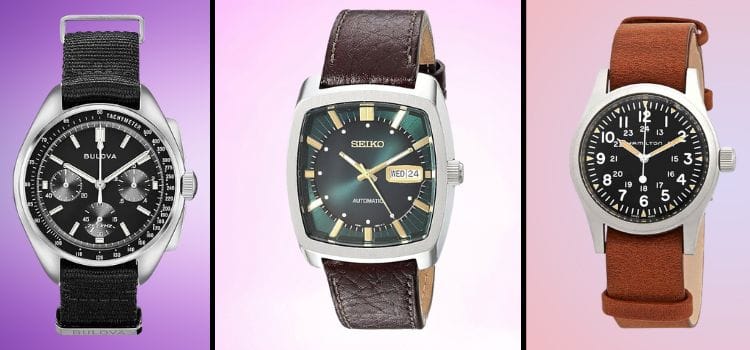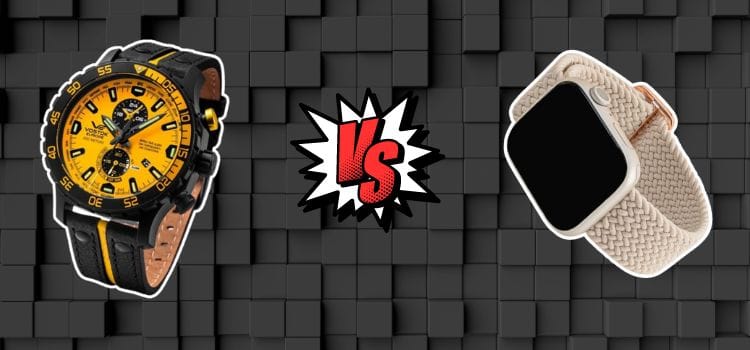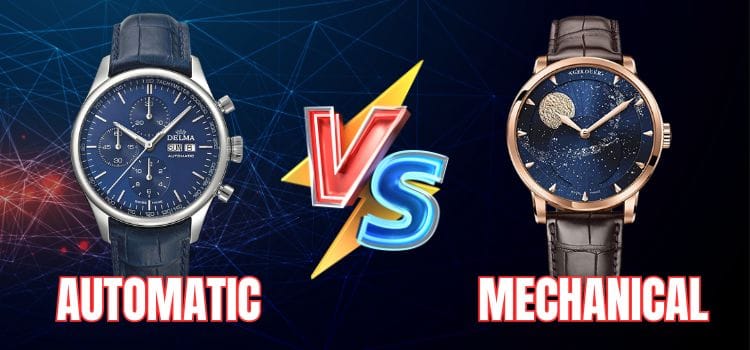Chronograph vs Automatic Watch: Key Differences
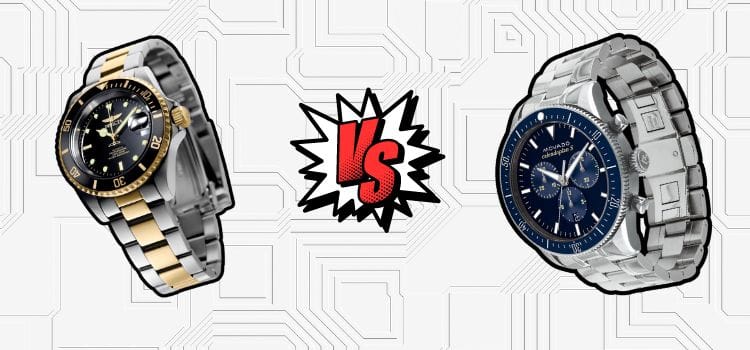
As an Amazon Associate, I earn from qualifying purchases
When it comes to choosing a watch, there are a lot of options to consider. Two popular choices are Chronograph vs Automatic Watch. In this blog post, we will comprehensively compare the two, including their features, benefits, and drawbacks.
Whether you’re a watch enthusiast or looking to invest in a quality timepiece, this comparison will help you make an informed decision.
What is a Chronograph Watch?
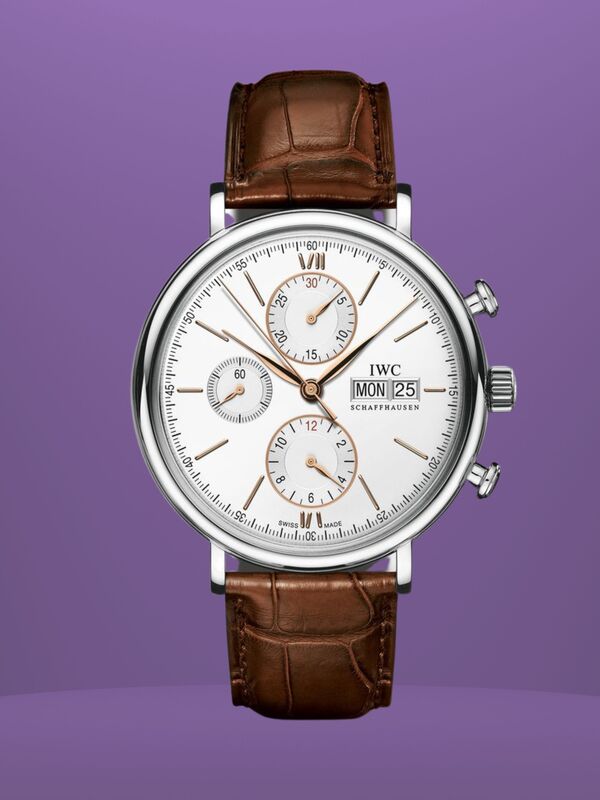
A chronograph watch is a timepiece that tells the time and includes additional features such as a stopwatch or a timer. These extra functions are often displayed through sub-dials on the watch face, allowing the wearer to track elapsed time, measure speed, or time-specific events.
Chronograph watches are popular among athletes, pilots, and individuals who value precision and functionality in their timepieces.
Some chronograph watches also have tachymeter scales, which can calculate speed based on time and distance. Chronograph watches are not just valued for their practical features. They are also appreciated for their stylish and sporty appearance. This makes them a versatile and fashionable choice for watch enthusiasts. Whether timing a race or wanting a stylish and functional timepiece, a chronograph watch is a great option.
What is an Automatic Watch?
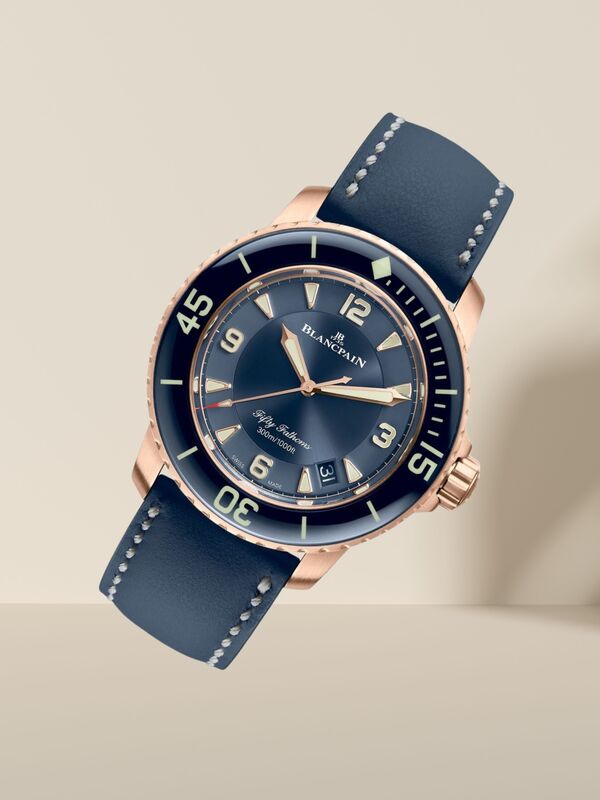
An automatic watch, also known as a self-winding watch, is a timepiece that does not require manual winding to stay powered. Instead, the watch is powered by the natural motion of the wearer’s arm, which winds the watch’s mainspring and keeps it running.
Automatic watches typically have a rotor that moves with the motion of the wearer’s arm. This movement transfers energy to the mainspring. It keeps the watch powered.
These watches are famous for their convenience and ease of use, as wearers only need to remember to wind them occasionally. Automatic watches are also valued for their craftsmanship and intricate mechanical movements, making them a favorite among watch enthusiasts.
Additionally, automatic watches often have a smooth sweeping second hand, which gives them a luxurious and high-quality appearance.
You may appreciate the craftsmanship of a mechanical timepiece. Alternatively, you may prefer the convenience of a self-winding watch. Either way, an automatic watch is a stylish and functional choice for any watch enthusiast.
Differences in Functionality
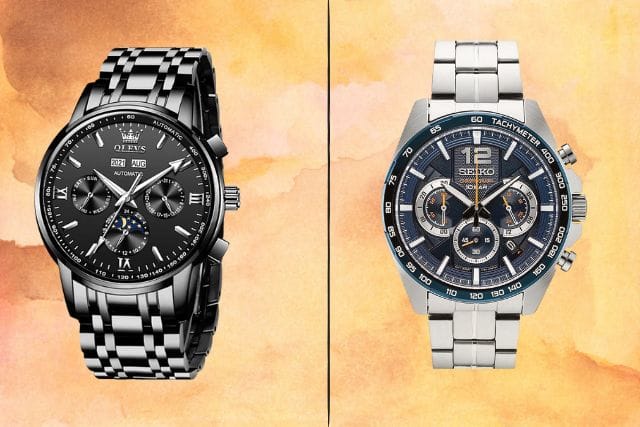
Chronographs are favored by athletes, pilots, and anyone who needs to track elapsed time with precision. The additional sub-dials offer more versatility in measuring different time intervals, making them ideal for racing, diving, or astronomy activities.
They also serve as a stopwatch, allowing the wearer to start and stop the timing function as needed.
While not built for specific timekeeping purposes, an automatic watch is an excellent daily watch that tracks the hours, minutes, and seconds with reliable accuracy.
It’s also preferred by those who appreciate the novelty of owning a mechanical device that operates solely through natural movement. For them, wearing an automatic watch reminds them of the beauty and complexity of traditional watchmaking.
Design and Aesthetics
When it comes to the design and aesthetics of both watches, there are some key differences to consider. Chronograph watches often have a sportier and more technical look, with additional sub-dials and buttons on the side for controlling the timing functions. They are often larger and bulkier in design, making a statement on the wrist.
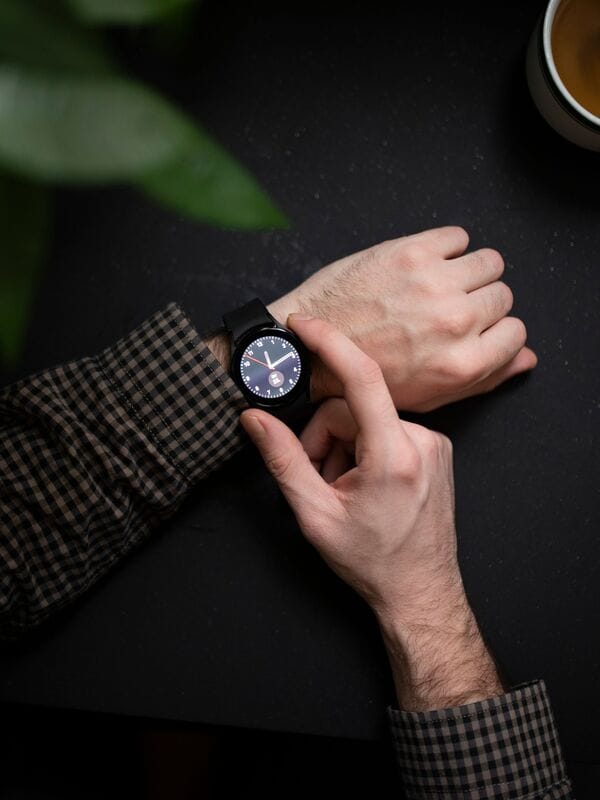
On the other hand, automatic watches come in a wide variety of styles, from classic and elegant to modern and sleek. They are often appreciated for their intricate movements and craftsmanship, with transparent case backs that allow you to see the inner workings of the watch.
Performance and Accuracy
Chronograph watches are highly regarded for their accuracy in timing and are often used in professional, aviation, or athletic settings.
Whether you’re monitoring a race or timing the next stop on a recipe, a clock’s precision is unparalleled. This precision showcases the meticulous craftsmanship behind its functionality.
The Silent Guardian
Automatic watches don’t just tell time; they connect intimately with the craftsman’s art. An automatic watch is not designed for precision timing like a clock. It maintains accurate timekeeping over extended periods. This is a testament to the movements’ finesse.
Price Comparison
Chronographs, known for their specialized features, are pricier due to their complex movement, refined timing, and added functions. Automatic watches bridge luxury and practicality, offering fine materials and finishing. Prices vary based on brand, complications, and craftsmanship.
Pros and Cons of Chronograph vs Automatic Watch
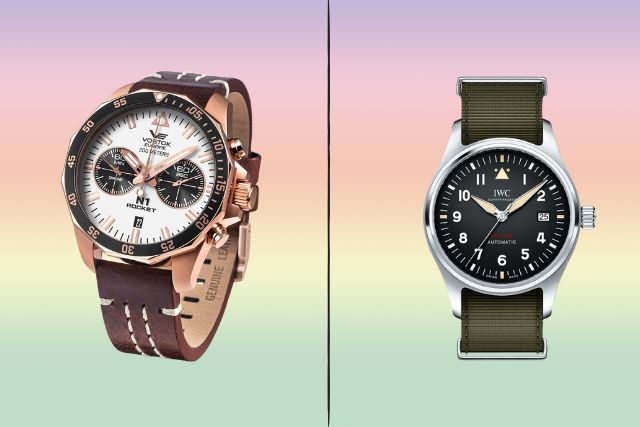
Chronograph Watch:
Pros
- Precision timing for athletic and professional use
- Versatile design options for everyday wear
- Additional complications add utility and value
Cons
- Higher price point due to the complexity of movement
- It may be too sporty for a formal occasion
Automatic Watch:
Pros
- Elegant and timeless design suitable for any occasion
- Low maintenance with no battery replacement needed
- More affordable options are available
Cons
- Less precise than a clock’s timing capabilities
- It may not have as many additional complications or features
Conclusion: Chronograph vs Automatic Watch
In conclusion, choosing between a Chronograph vs Automatic Watch depends on your specific needs and preferences. A chronograph watch is the better option if you require precise timing for professional or athletic use.
However, an automatic watch may be more suitable for your everyday wear if you value elegant design and timeless craftsmanship. Consider the pros and cons of each type and make an informed decision based on what matters most to you.
Whether it’s precision or style, both options have unique appeal and can complement your lifestyle differently.
FAQ
A chronograph is a type of watch that has additional stopwatch functionality, allowing the wearer to time events with precision. An automatic watch, on the other hand, is a type of mechanical watch that is powered by the natural motion of the wearer’s arm.
In terms of accuracy, both chronograph and automatic watches can be very precise. However, chronograph watches are specifically designed for timing events, so they may have more precise timing capabilities.
The price of a watch depends on various factors, including the brand, materials used, and additional features. Generally, high-quality chronograph watches and automatic watches can be similarly priced, but there are also affordable options available for both types.
Both chronograph and automatic watches can be suitable for everyday wear, depending on the style and design. Chronograph watches may be more practical for those who need timing functionality in their daily activities, while automatic watches offer a classic and timeless look.
Both types of watches require regular maintenance to ensure optimal performance. Chronograph watches may need additional servicing for the stopwatch function, while automatic watches require regular winding or wearing to keep them running.
As an Amazon Associate, I earn from qualifying purchases





